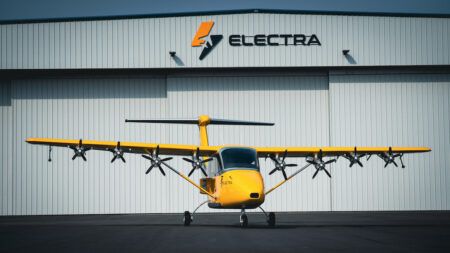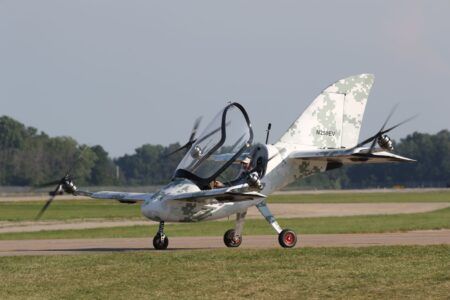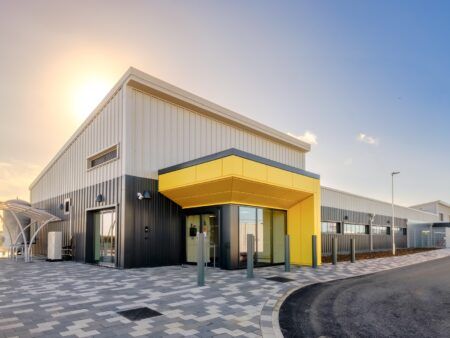Rolls-Royce’s Spirit of Innovation electric aircraft successfully completed its maiden flight last week.
The aircraft is propelled by a 400kW (500+hp) all-electric powertrain with what Rolls-Royce claims is the most power-dense battery pack ever assembled for an aircraft.
Spirit of Innovation took off from the UK Ministry of Defence’s Boscombe Down site in the UK, and flew for around 15 minutes on September 15. The aircraft will now be flight tested so engineers can collect performance data on the aircraft’s electrical power and propulsion system.
Rolls-Royce plans to fly the Spirit of Innovation at speeds of more than 300mph (480km/h) during the world record attempt.
The Spirit of Innovation is being developed as part of the ACCEL program (Accelerating the Electrification of Flight) includes partners electric motor and controller manufacturer YASA and aviation start-up Electroflight. ACCEL is 50/50 funded by the UK Government and industry.
ACCEL is testing technology that Rolls-Royce intends to offer to the market in the form of a complete electric propulsion system for eVTOLs and commuter aircraft. According to the company the characteristics that many eVTOL air taxis require from batteries are similar to what is being developed for the Spirit of Innovation
Rolls-Royce and airframer Tecnam are currently working with Widerøe, the largest regional airline in Scandinavia, to deliver an all-electric passenger aircraft for the commuter market, which is planned to be ready for revenue service in 2026.
Related Stories
Rolls-Royce powers up electric aircraft ahead of world record attempt
Rolls-Royce backs batteries for aircraft with £80m investment
Rolls-Royce set to break world record for fastest electric aircraft
Rolls-Royce to supply propulsion system for Vertical Aerospace’s eVTOL




